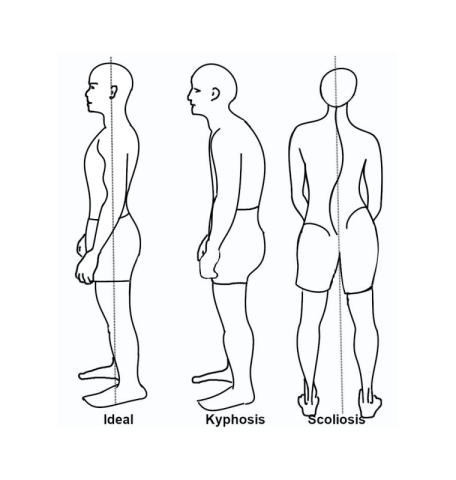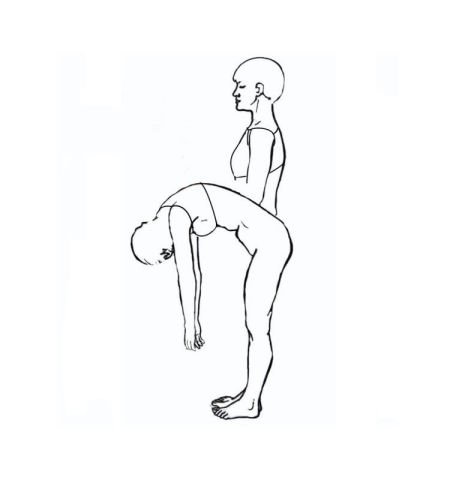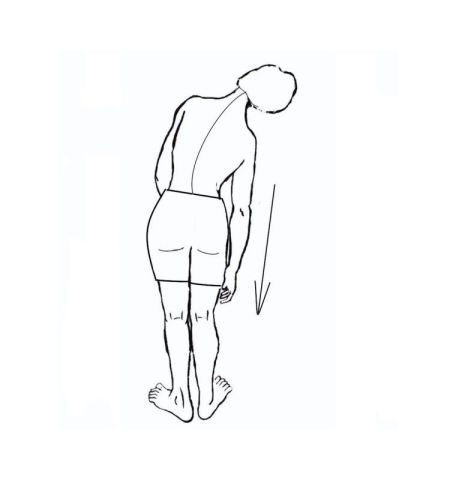
See instructions for drawing your pain on devices.
You can draw a pain chart / graph to show how the pain changes over the course of 24 hours.
Then follow the range of movement guide below. It might be useful to have another person to estimate how much of your range you have before you feel pain or stiffness.
Write the percentage of movements in the calculator below and it will give you the average of all ranges as your functional range. This will give you the starting point and link for your rehabilitation as below.
Write this down so you can refer to it every few days to measure your improvement by following the rehabilitation guides as below. Then click the clear button to clear the form for the next time you use.
IF it is difficult to walk with back pain, see Gait Assessment and Support




